Palmistry - An Essential Guide
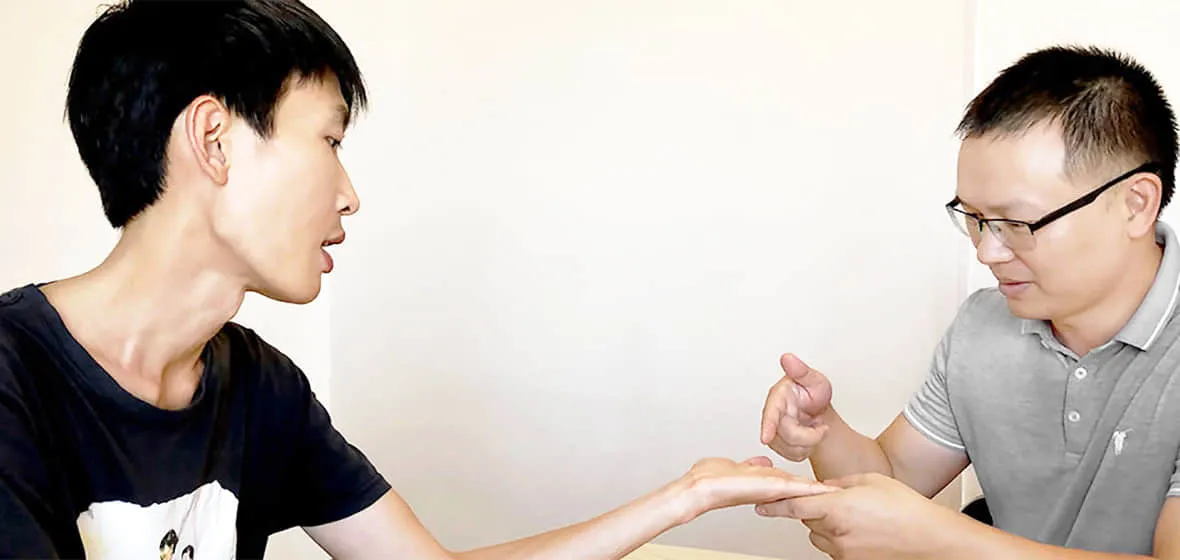
Have you ever been curious about the lines on your palms? According to palmistry, the shape, size and number of the lines of the hands and fingers reveal your personality and character. Using the hand as a focus for divination and personality analysis is an ancient art. Julius Caesar was reputedly good at palmistry and he chose his soldiers through reading their palms. The art is still actively practiced all over the world, and will be for a long time to come, because it works. With practice, palmistry can help you to know yourself or your loved ones better. Be prepared, for palmistry is uncannily accurate once you get the hang of it, so have fun, but do take it seriously and enjoy the adventure.
This Guide for Palmistry will cover:
What is palmistry?
Also called Chirology, or palm reading, it is the art or practice of reading a person's character or future from the lines on their palms. The shape of the hand, length of fingers, both individually and as a group, the fleshy pads of the hand known as mounts, the knuckles, flexibility of the thumb, the way the hand is held, its color, fingernails and other traits are all taken into account. It is grounded in the psychic belief that our palms have lines and curves that determine patterns on the different spheres of human life. These areas include love, career, emotional expressiveness and even success in career. There are different schools of palmistry and, therefore, the method of interpretation does vary. The three basic schools from which present day palmistry evolved are Indian, Chinese, and Western palmistry.
The history of Palmistry
The origins of palmistry are uncertain. But most scholars believe that the practice of palmistry started in India, where it is still a common practice to this day. It was studied in the Vedic spiritual texts. From there, the practice spread to other areas like China, Egypt and Europe. Prehistoric caves from France and Spain have drawings on their walls of hands with lines drawn in as well. Aristotle (384-322 BCE) discovered a treatise on palmistry on an altar to the god Hermes. The Greek physicians Hypocrites and Galen (c. 130-200 BCE) were both knowledgeable about the use of palmistry as a clinical aid. Julius Caesar (102-44 BCE) judged his men by palmistry.
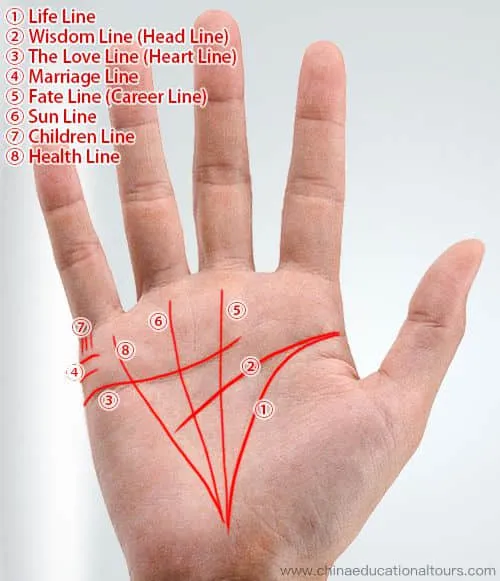
The practice of palmistry was unfortunately forced underground by the Catholic Church who branded it devil worshiping. Anyone found to have an interest was quickly executed. As the church started to lose its influence in society, common sense prevailed. Notable people such as Paracelsus (1493-1541) and Fludd (1574-1637) brought respectability to palmistry through their writings.
In the nineteenth century, there was a revival of interest in the subject in Europe and America.
The Chirological Society of Great Britain was founded in London by Katharine St. Hill in 1889 with the stated aim to advance and systematize the art of palmistry and to prevent charlatans from abusing the art. Edgar de Valcourt-Vermont (Comte de St Germain) founded the American Chirological Society in 1897.
Irishman William John Warner is one of the central figures in the revival of the practice of Palmistry. He used the pseudonym Cheiro, and modern Palmistry in the west is now called Cheirology. Cheiro had many illustrious clients including Mark Twain, Thomas Edison, the Prince of Wales, and Oscar Wilde. Many works on the art and science of palm reading have been published over the years.
Three main schools of Palmistry
There are mainly three schools of palmistry, namely Indian Palmistry, Chinese Palmistry and Western Palmistry.
Indian Palmistry, also known as Samudrika, is Palmistry that has been practiced in India from thousands of years ago until nowadays to help individuals in tapping their hidden potential and guiding them towards their goals.
Western Palmists have studied palmistry in a very scientific way. They divided palmistry into two divisions. The first division described as Chirognomy includes a study of consistency, flexibility, color of the palms, nails, fingers, thumb and mounts. Chirognomy is accurate in up to 70% of cases. The second division called Chiromancy includes lines and signs on the palm. Chiromancy is accurate in up to 30% of cases.
In China, palmistry also has a long history. Since the Zhou Dynasty (1046 – 256 BCE), it has prevailed. The first comparatively complete and systematic palmistry work in China appeared in the Western Han Dynasty (202 BCE – 9 CE) which was written by Xu Fu. Chinese Palmistry not only analyzes palm lines and hand appearance but also applies the Five Elements (Metal, Water, Wood, Fire and Earth) and Ba-gua theories on it to predict people’s fortune and personalities.
Chinese Palmistry was combined into Chinese Physiognomy, or Face Reading. Chinese Physiognomy covers body reading, appearance reading, voice reading, foot reading and body movement reading. Those who study Palmistry and Physiognomy are able to understand people's personality, character and potential. Also, they can predict people's health, marriage, wealth, career and future.
One fundamental difference between Chinese palmistry and Indian palmistry is that in Chinese palmistry for males the left hand is considered as the most important, while for females the right hand is considered as the most important. In Indian palmistry the reverse is a common practice: the right for males, and the left hand for females.
But in Western palmistry the majority of palm readers have rejected the idea that in males and females a different approach is needed. This can be explained with the fact that today in Western culture(s) such ideas are recognized as an example of unfounded 'sexism'.
Most palmists in India know astrology and vice versa. In fact the great Indian Masters put astrological signs into the palm of your hand and that’s why they have the Saturn Finger, the Mount of Moon, the Girdle of Venus and so on. In fact there are many interesting signs which are found in Indian Palmistry, such as the Temple of Fame and the Fish Mark, which are not recognized in Chinese Palmistry.
How does palmistry work?
Palmistry reveals individual personality and character traits through the study of the shape, size and lines of the hands and fingers. The practitioner (or the palm reader) examines the hand, its fingers, nails, lines and other factors, and based on them, the palm reader can foreshadow the future of the person as well as his personality traits. It is worth noting however that the readings and meanings in palm reading are not set in stone. They are just guidance, and should only be perceived as such. Once clients get their readings, they are better prepared to anticipate what lies before them in the future. Read more on How Chinese Palmistry Works.
Is palmistry reliable? Or is palmistry scientific?
The art of predicting the future has always fascinated people all over the world. Ever since the remote ancient times, astrologers and fortune-tellers have been enjoying a significant position in society, as many people seem to turn towards them, especially in times of adversity.
Palmistry is by far one of the most popular techniques of future prediction. But, like other fortune-telling techniques, palmistry is also caught up in a lot of criticisms and debates.
The technique of palmistry is not supported by any kind of scientific or empirical evidence. It is solely a matter of personal belief, and so there are believers and non-believers. It may not be right to dismiss palmistry as a hoax, as there might be some people who have genuinely mastered the technique. However, palmists, in general, have been facing repeated criticism in recent years on the grounds that they seem to tell people what they want to hear, or what may scare them, rather than what may actually be the case.
It is necessary to understand that not everybody who claims to be a palmist can actually read palms. In fact, more often than not, it has been proven that people claiming to be actual palmists have no knowledge about the technique whatsoever. Some people have made fortune-telling their business as it is one of the easiest ways to extract money from people. Fake palmists are found in every nook and cranny of the world these days, taking advantage of people’s worries and giving them false hope of a bright and happy future.
Recommended Palmistry Books to read
Palmistry: The Language of the Hand
By Cheiro
Cheiro was a renowned palmist whose world travels gained attention in the press and whose palm readings for the rich and famous of his day, including Mark Twain, elicited words of praise. In this unique book are methods for reading personalities, recognizing astrological links, and prognostication, along with drawings of hands showing structural types and lines. A series of photographic hand prints taken directly from the famous people Cheiro read for, such as Sara Bernhardt, is also included.
The Secret Code on Your Hands: An Illustrated Guide to Palmistry
By Vernon Mahabal
The Secret Code on Your Hands is a captivating instruction guide to understanding how to read your own destiny in your hands, as well as your friends’. Fully illustrated, with quick pointers and distinct section dividers, it is a great reference book for any aspiring palmist; a quick and accurate method to assess talents, abilities, psychology, and emotional personality in both business and romance.
Chinese Medical Palmistry: Your Health in Your Hand
By Zong Xiao-Fan , Gary Liscum
This book is an introduction to Chinese medical diagnosis through inspecting the hands in general and the fingernails in particular. If you are a fan of Traditional Chinese Medicine, this book is for you.
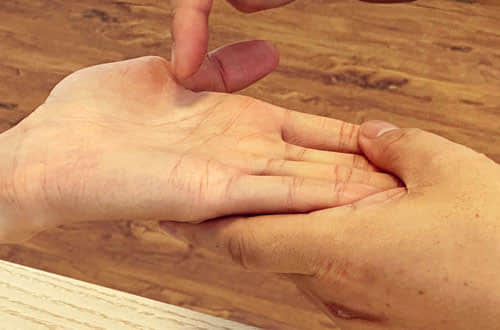 How Chinese Palmistry Works
How Chinese Palmistry Works 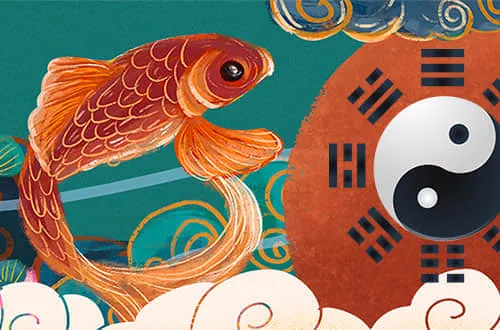 How to be Lucky in China
How to be Lucky in China 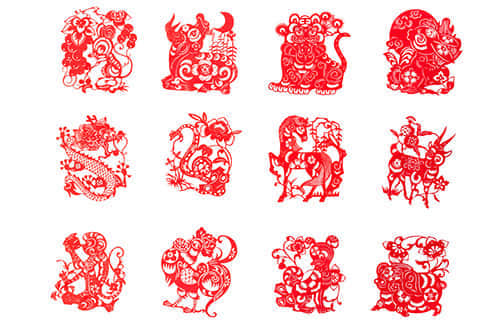 Chinese Zodiac
Chinese Zodiac 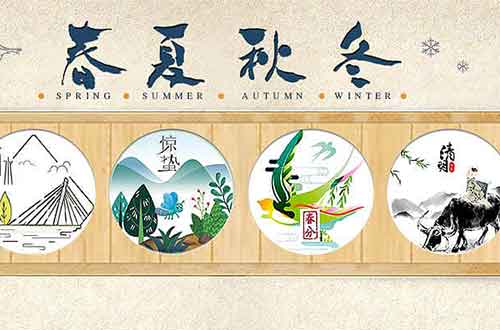 The 24 Solar Terms
The 24 Solar Terms